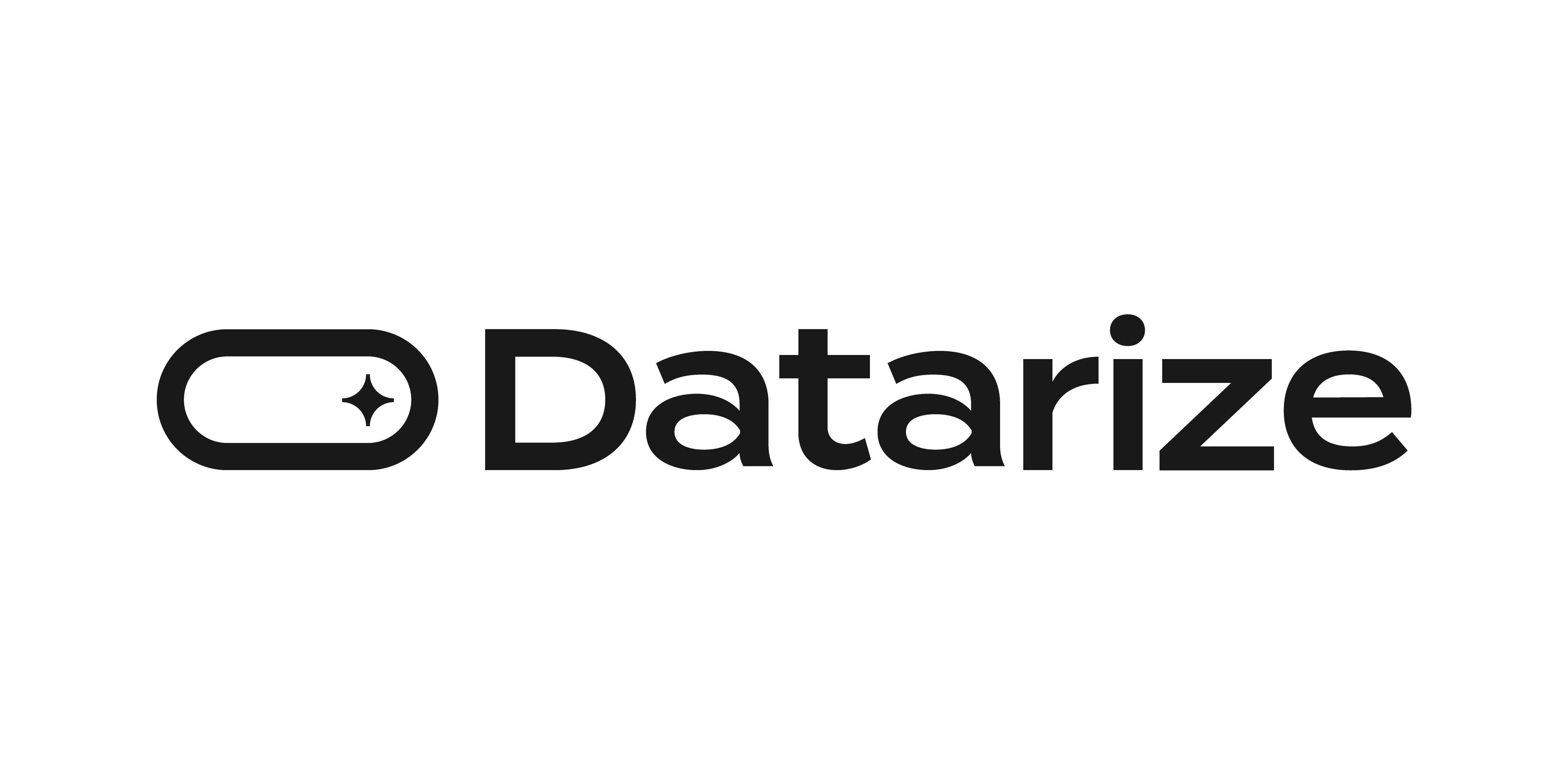🤓Three Key Points for Today's Post:
✔️Defining Cherry Picking: What You Need to Know.
✔️Strategies to Prevent Cherry Picking Behavior.
✔️Enhancing Purchase Conversion Rates (CVR) through Datarize’s Conversion Probability Scores.
“Customers nowadays are aware of the types of coupons they receive based on their purchasing behavior patterns. The ratio of customers canceling their purchases and then making purchases after receiving coupons is on the rise.”
To our readers, have you noticed the same trend? Most customers, being well-versed in online shopping, quickly recognize strategies to purchase products at lower prices. For instance, if you issue a coupon in response to an abandoned cart or abandoned checkout, in order to prevent churn, they will understand that certain behaviors trigger coupon offers. Consequently, they may cancel their initial purchase to use the coupon for a better deal, or they might repeat the behavior to receive more coupons. This behavior categorizes them as 'Cherry Pickers' in marketing terminology.
The definition of a Cherry Picker.
Cherry Pickers refer to individuals who metaphorically 'take the cherry on top of the cake' those who choose the sweet cherries over the sour grapes. This analogy describes people primarily focused on their own benefits. In the context of marketing, the term is applied to those who rarely make purchases but instead capitalize on the advantages offered by a business, such as coupons and discounts. While many online retailers implement CRM marketing strategies that leverage customer behavioral data to offer these incentives, it can inadvertently encourage the emergence of Cherry Pickers.
Datarize’s Suggestion - How to Prevent Cherry Picking

Datarize utilizes machine learning to estimate a customer's Conversion probability score in real time, based on how closely their behavioral patterns match those of customers who have made actual purchases. It continuously monitors the real-time changes in the conversion probability score, revealing coupons when there is a steep decline in the score's trajectory. For example, if a customer moves from the checkout page back to the main page, Datarize does not immediately issue a coupon. Instead, it observes subsequent actions, then issues a coupon if the customer lingers on product detail pages or explores category pages. This strategy enhances both the purchase conversion rate and revenue, making it challenging for customers to predict when they will receive a coupon.
Cases of Preventing Cherry Picking and Boosting Purchase Conversion Rates (CVR)

Client A launched a 'Secret Coupon' campaign through an onsite banner targeted at customers with a high likelihood of making a purchase on August 20th. Following this initiative, their Purchase Conversion Rate (CVR) began to see a steady increase towards the end of August. Consequently, their daily Purchase Conversion Rate (CVR) for August, which initially stood at 1.52% (with a median of 1.46%), escalated to 2.02% (with a median of 1.97%) by February.

Their daily monitoring of each phase in the Funnel also revealed significant improvements. Conversion Rates from product view to checkout, as well as purchase rates to the checkout menu, increased markedly. Unlike complex Rule-based CRM systems, employing a CRM campaign that leverages machine learning avoids creating cherry-pickers over the long term. It effectively raises your Purchase Conversion Rate (CVR) and average purchase prices, thereby enhancing your revenue.
The core of Ecommerce CRM is making loyal customers.
Ecommerce CRM is a strategy designed to boost customer satisfaction, encouraging repeat visits. It employs assessments of behavioral patterns, basic customer information, and other data as tools to achieve this objective. The key lies in providing a message or coupon that can sway a hesitant customer towards making a purchase. Tailoring the message or promotions to meet each customer's specific needs, rather than offering generic ones, enhances their satisfaction and prompts a purchase. Consider implementing a smart Ecommerce CRM strategy today!

-1.png)
-1.png)
.png)
-1.png)